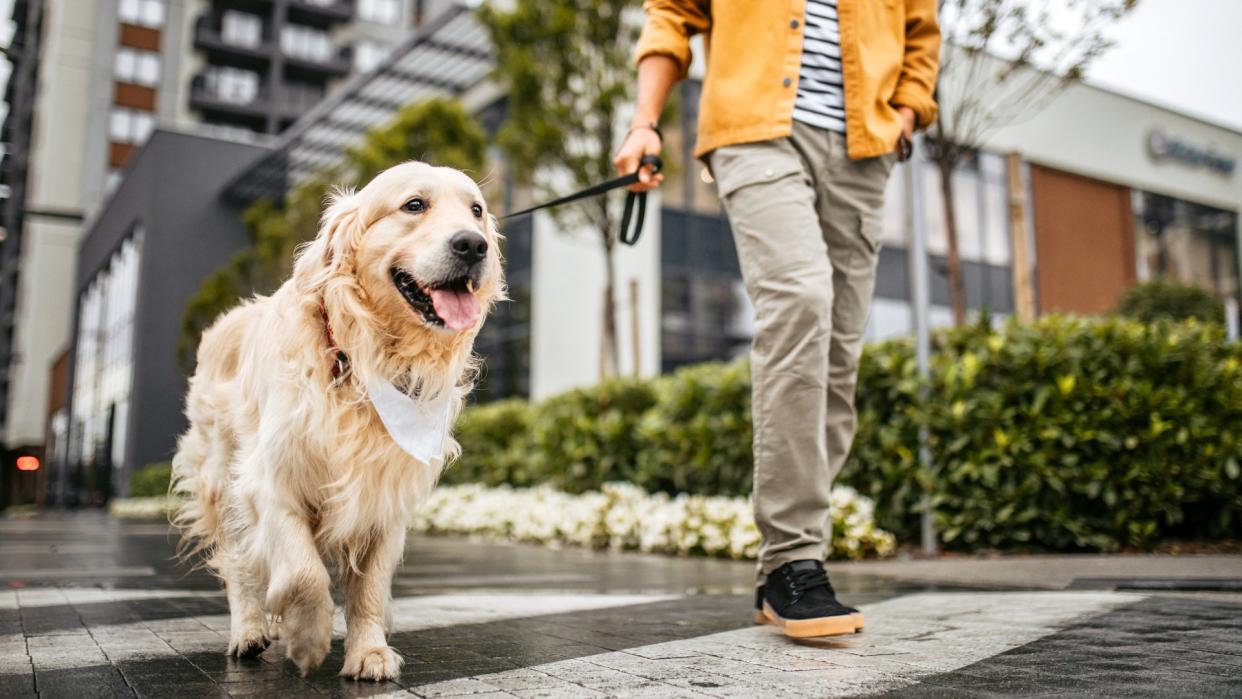Is your dog easily distracted? Then you’ll want to try this trainer's genius tip

Does your canine companion become easily distracted by the world around them when you're out and about? Do you feel like you're consistently nagging them to try to get them to ignore a distraction or look at you? Or, are you finding yourself feeling frustrated by their refusal to focus on you, even when you have one of the longest lasting dog chews in your hand? If you answered yes to any of these questions, rest assured, you're not alone.
Teaching your dog to pay less attention to distractions and more attention to you is one of the most difficult skills to master as a pet parent, but Juliana DeWillems from JW Dog Training & Behavior shares a surprising tip in a video posted to Instagram that could put an end to you having to nag your pup once and for all!
A post shared by JW Dog Training & Behavior (@jwdogtraining)
A photo posted by on
"What if we told you it was okay for our dogs to look at distractions, and that we might even want to reward that!?," DeWillems says. "We typically ask our dogs to ignore or look away from distractions - this is really hard for our dogs so they often can't be successful."
Instead, DeWillems says a more effective solution to the problem of distractions is to reward your dog when they calmly notice a distraction while staying near you, a technique she refers to as 'capturing'.
"Instead of requiring that our dogs look completely away from distractions, our new criteria is that they notice the distraction while staying with us," she explains. So, how do you accomplish this calm noticing?
"Work from a distance," DeWillems advises. "The further you are from a distraction, the more likely your dog is to be able to notice calmly. If your dog still bark, lunges, or pulls, you are TOO CLOSE. Mark the moment you see your dog notice a distraction. Usually their head is turned towards the distraction, their ears are up and their brow can be furrowed. Use a “yes!” or clicker to convey that they earned their treat by noticing the distraction and staying with you."
DeWillems says that the end goal you're wanting to get to is for your dog to see triggers and anticipate the mark and reward, causing them to look back at you voluntarily. "Looking back at you becomes their new choice behavior around distractions," she explains.
Consistency, patience, high value treats, and helping your dog get the right answer are the keys to success here, but if you find after several weeks of trying this capturing technique that there's been no change in your dog's ability to be calm around distractions, we recommend speaking to a professional trainer to get some advice and guidance that's been specifically tailored to your pup.
Looking for more great training tips? Then be sure to check out our top tips for how to crate train a dog.

